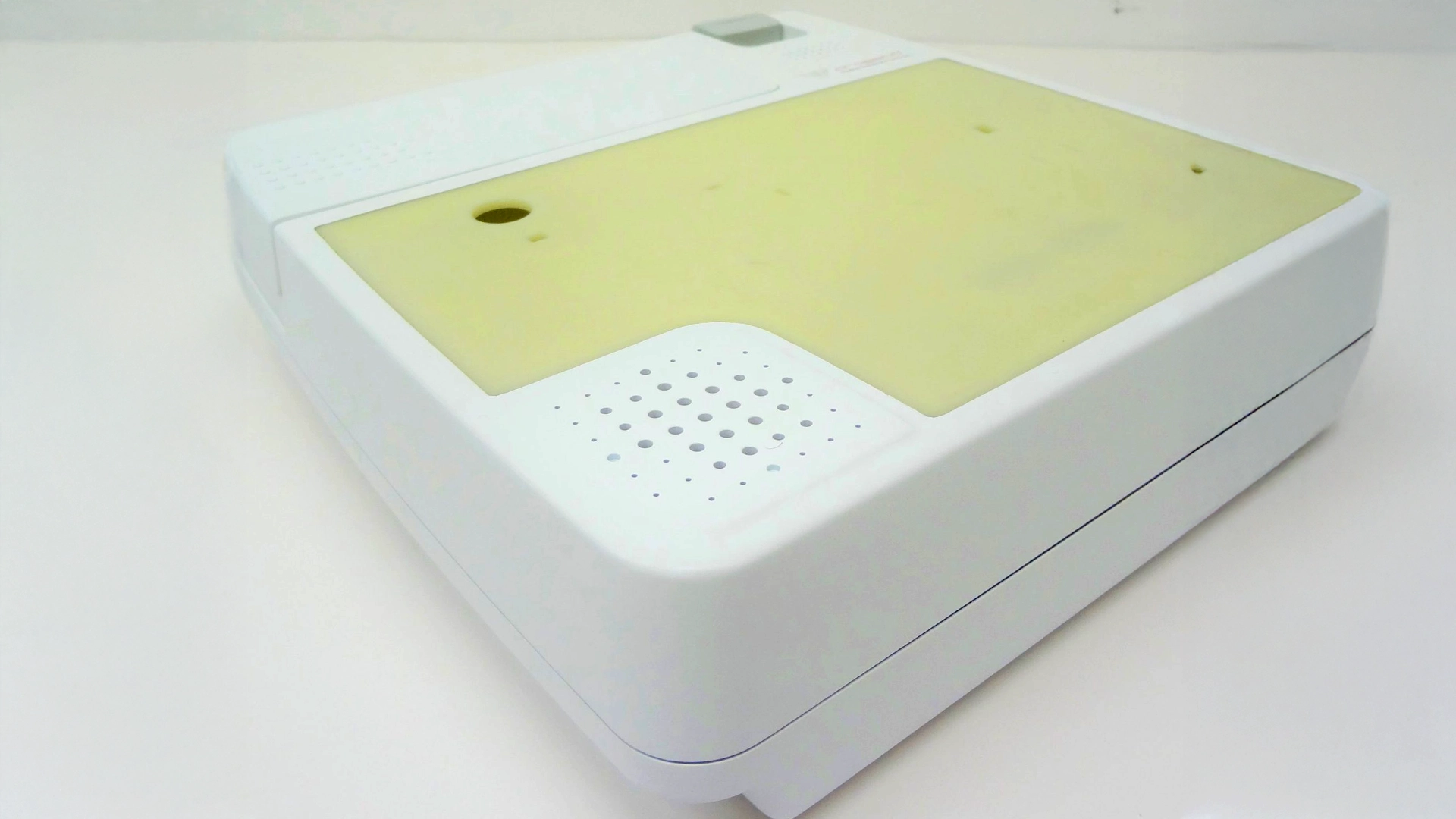Medical device prototyping is a fundamental step in your medical device design and medical device development process. Creating early samples of your health technology products gives you the opportunity to test and evaluate the concept and work on further improvement to reach proof of concept prototype (POC).
What’s Prototyping?
Prototyping usually starts after the concept development stage, i.e. once detailed drawings are produced. It’s about turning the digital design of the product into something you can hold in your hand to test, inspect, and analyse.
As the word itself says, a prototype is a “primitive form” and, as a consequence, it could reveal problems. All the revealed problems will become improvement hints for engineers and a step towards the desired result.
Why Is Prototyping Important In The Medical Device Design And Development Process?
Medical device prototype is meant to make us learn, but also to communicate ideas and concepts.
Industrial design is not just about looks, but how the device may function, how it may be used, and how the device will be manufactured. Sketching is a great first step. It’s fast and can bring concepts to life, but often design decisions are made obvious by having something in hand.
We can create virtual models (CAD), but it’s not quite the same as touching and working with something tangible. What would have been nearly impossible to see in CAD can become immediately obvious the first time you pick up a prototype.
The medical device design and development process has three main priorities:
- The product must be functional, i.e. it must be able to perform the task that it was created for to a high standard
- The product must be practical and cost-effective to manufacture, i.e. ensuring the device can be effectively and efficiently manufactured at a reasonable cost
- The product must adhere to regulations including regulations in the US, Europe, and anywhere else the product will be marketed
Prototyping is essential to ensuring your product delivers on all the above priorities.
An effective prototype can rapidly convey design concepts to an end user, company management, or a potential investor. Medical device prototyping enables marketing to see the reactions of others in order to validate (or invalidate) the product idea or concept. It is a valuable tool to determine the usability of the device by observing customer interaction with it. The prototype can prove engineering feasibility of a design concept (or reveal technical hurdles).
Benefits Of Prototyping
- Fail early and inexpensively: Real innovation always includes a risk of failure. By building a validation prototype, you can quickly weed out the approaches that don’t work to focus on the ones that do.
- Gather more accurate requirements: Increased project costs are often attributed to rework due to inadequate requirements. Traditional requirement gathering techniques such as interviews and focus groups can fall short because many people find it difficult to conceptualize a product before they see it. By developing a working prototype, you can demonstrate the functionality to help solidify requirements for the final design.
- Technically understand the problem: Time enhances your understanding of the problems that may occur. By developing a functional prototype, you are forced to address both the foreseen and unforeseen technical challenges of a device’s design. Then, you can apply those solutions to a more elegant system design when you move to the final product.
- Conflict resolution: The best engineers have strong opinions about how certain features should be implemented. Inevitably, differences of opinion result in conflicts, which can be difficult to resolve. By taking advantage of rapid medical device prototyping, you can quickly conduct several different iterations of the feature and benchmark the resulting performance to analyze the trade-offs of each approach. This can save time and ensure that you make the correct design decisions.
- Funding: By developing clinical trials prototypes to demonstrate the feasibility of your idea, you lower the risk of investment for investors. Proving a working prototype increases the probability that your idea will be funded.
- Easily file patents: The United States Patent and Trademark Office uses the “first to invent rule,” which grants a patent to the first inventor who conceives and produces the invention. Although no longer required, a medical device prototype is still the best and safest way to demonstrate the concept of the invention.
Effectiveness Of Prototyping
Prototyping is a proven method of communication of the product concept and design to a wide range of stakeholders in terms of medical device engineering. Successful prototyping requires:
- A clear understanding of the purposes of the prototypes
- Identification of the audience intended to view and use the prototypes
- Robust definition of functional and/or appearance requirements of the prototypes
- Selection of the most suitable fabrication method for each component
Do you have questions about medical design and development? Are you looking for a partner that supports you on medical device prototypes?
Creanova provides multiple prototyping technologies to meet all the possible purposes, from Proof of Concept prototype (POC) and MVP to aesthetical and functional prototypes also for V&V (Verification and Validation) purposes, up to pre- / pilot-production.
Our skilled engineers support you through the medical device engineering and the entire prototyping process: from the selection of the most suitable technology to the material identification (flammability UL94/V0, biocompatibility, etc), going through the quality control, test support, up to assembly and project improvement loops like changing or updating 3D-CAD files.Furthermore, through a single point-of-contact, you can take advantage of a wide expertise which goes beyond prototyping to reach industrial design, development and contract manufacturing services dedicated to medical devices.
Join your knowledge with our experience to market your medical device on time and on budget!

